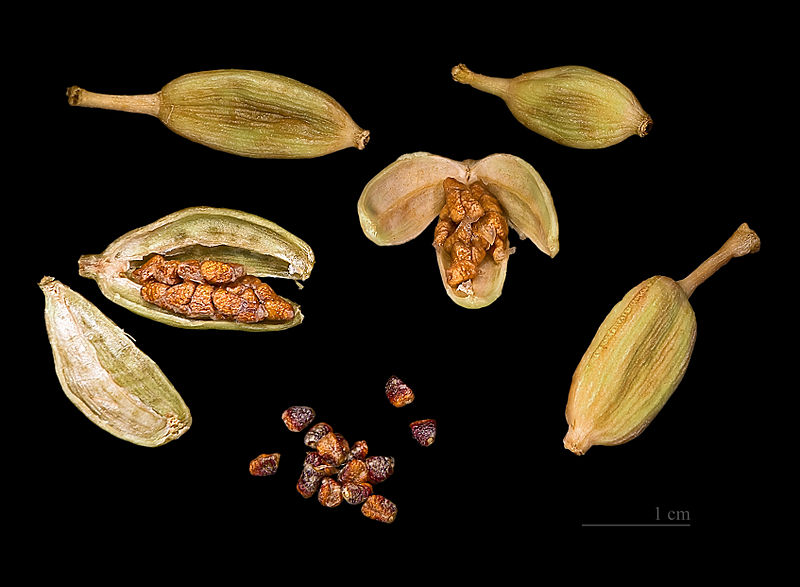Smriti Daniel
14 May 2012

Cardamom plantations can damage tropical forests, say studies
Flickr, Marc Shandro
[COLOMBO] Cultivation of cardamom, a high value spice crop, can take a toll on evergreen forests in tropical countries, independent studies in Sri Lanka and India have shown.
Apart from disturbing biodiversity, cardamom (Elettaria cardamomum), plantations affect water and soil quality in tropical forests, the studies said.
Researchers from Sri Lanka and the United Kingdom studying abandoned cardamom plantations in the Knuckles Forest Reserve (KFR) in the uplands of central Sri Lanka found adverse effects lingering decades after cultivation was banned.
Cardamom grows best in the shade and humidity beneath tall trees in tropical forests. But planters may thin out the canopy and clear natural undergrowth to improve yields.
While India and Bolivia lead the world in cardamom cultivation, the spice is a major foreign exchange earner for Sri Lanka. Before cardamom cultivation was banned in KFR in 1985, plantations there accounted for more than half of Sri Lanka's total production.
"We visited most parts of KFR during our three-year project period and observed very little natural forest without planted cardamom," said Balram Dhakal of the Institute of Biological and Environmental Sciences at Aberdeen and lead author of a paper that appeared online in Forest Ecology and Management on 28 March
The Aberdeen team together with local scientists was working on strategies to restore degraded forests in KFR. These forests may take a long time to recover, said Nimal Gunatilleke, professor of botany at the University of Peradeniya, a co-author of the study
KFR is home to 1,033 species of flowering plants, including 160 endemic to Sri Lanka
The scientists said indiscriminate use of fertilisers and pesticides has changed soil composition and affected water quality in the forest, which serves as catchment for three major reservoirs in the central highlands of Sri Lanka.
K. P. Ariyadasa, conservator of forests with Sri Lanka's forest department, said cultivation of cardamom illegally was a problem. "We have now abandoned the cultivation so that the area can become naturalised," he toldSciDev.Net
A similar study in the Cardamom Hills, in the south Indian state of Kerala, one of the largest cardamom-growing areas in the world, too showed that intense cultivation has drastically affected plant and animal life in this biodiversity hotspot.
Water and soil in the Cardamom Hills were found to be highly contaminated by pesticides, according to a study published September 2011 in the journalRecent Research in Science and Technology, by Muthusamy Murugan, assistant professor at the Indian Institute of Science, Bangalore, and others.
Link:

Nenhum comentário:
Postar um comentário